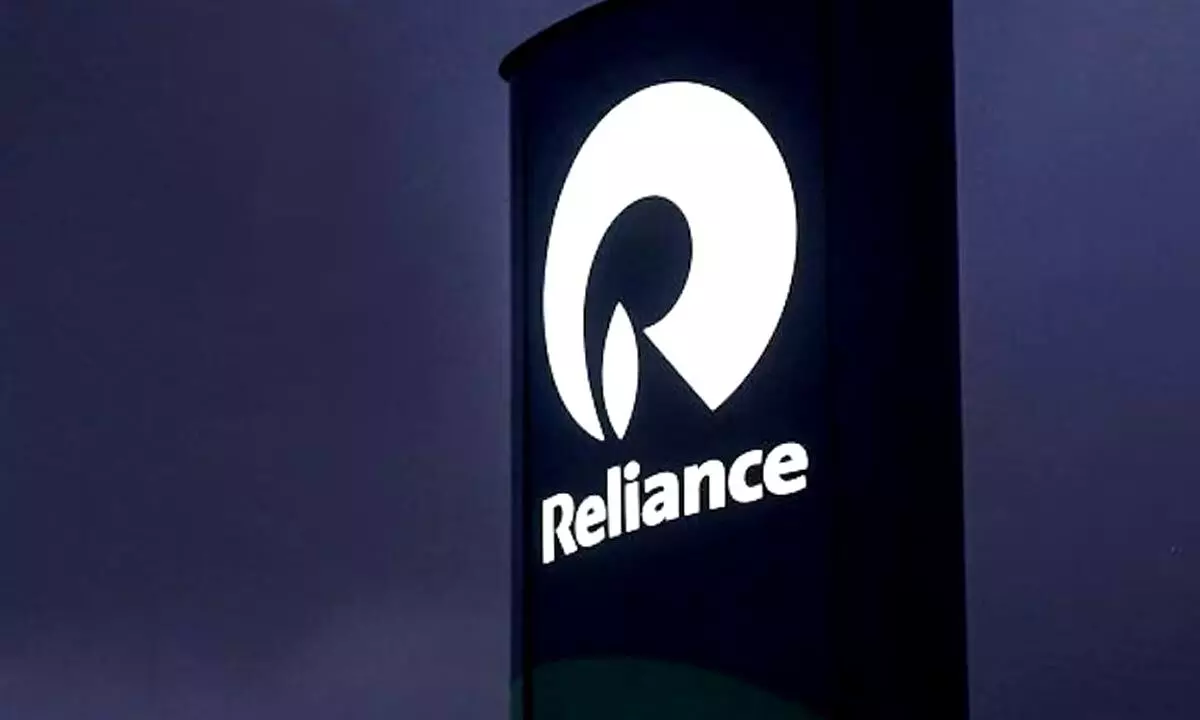Reliance’s expansion manageable, says S&P
Company’s credit metrics may worsen moderately in FY24 versus FY23 as elevated capex (telecom, retail and renewable energy) outweighs resilient EBITDA growth: CreditSights
image for illustrative purpose

New Delhi: Reliance Industries Ltd's (RIL) strategy to diversify and dominate a number of industries will boost spending and will also help mitigate its elevated capex needs, rating agencies said on Wednesday.
While S&P Global Ratings said it believes that "the company's appetite for bigger investments or M&As will dissipate", Fitch Group company CreditSights said its "credit metrics to worsen moderately in FY24 (April 2023 to March 2024 fiscal) versus FY23 as elevated capex (telecom, retail and renewable energy) outweighs resilient EBITDA growth." S&P said RIL's adjusted debt will likely remain at Rs 2.6 lakh crore to Rs 2.7 lakh crore over the next two years. "This is due to a number of planned investments under its pipeline, including 5G services, oil refining and petrochemicals, renewables, and retail expansion."
"In our view, the company remains committed to maintaining leverage commensurate with the rating (BBB+/Stable/--)," it said. "Management has publicly reiterated its focus on managing the balance sheet to maintain its investment grade rating at the current level." To mitigate the pressure on the balance sheet from sizable investments, RIL has shown the flexibility to monetize non-current assets, including corporate bonds and government securities in fiscal 2023. "We also believe RIL could further monetize additional assets or raise equity to fund investments if needed," S&P said. "RIL's strategy to diversify and dominate a number of industries will boost spending above our original expectations," S&P said.
"RIL's Expansion is manageable." The company's continued growth in operations will also cap leverage. Based on adjusted figures, EBITDA for RIL jumped 30 per cent in fiscal 2023 to Rs 1.4 lakh crore. Growth was driven by all segments. "Debt has also risen. Spending on capital expenditures was Rs 1.4 lakh crore in fiscal 2023 versus our expectation of Rs 0.9 lakh crore, and the company spent Rs 88,000 crore acquiring 5G spectrum. "RIL's adjusted debt increased to about Rs 2.7 lakh crore in fiscal 2023 from Rs 1.9 lakh crore in the previous year," it said, adding that the primary reason for the increase in debt is due to the rating agency considering the 5G spectrum acquisition as debt.
CreditSight said RIL's robust credit profile and large diversified scale of earnings mitigate its elevated capex needs. RIL delivered solid FY23 results as we had expected. Its revenues and EBITDA rose 24 per cent and 29 per cent year-on-year on the back of strong performances across its oil-to-chemicals (O2C), retail and telecom businesses. This also came off a low pandemic-hit base. "While liquidity remained tight (unrestricted cash of Rs 74,700 crore stood below short-term debt of Rs 1.4 lakh crore), we are not overly concerned given RIL's strong banking relationships and stable credit fundamentals that should facilitate bank debt rollover and refinancing," it said.
Capex was at an all-time high of Rs 1.4 lakh crore due to continued retail expansion and 5G telecom investments. This drove free cash flows further into negative territory despite stronger operating cash flows. "We anticipate RIL's credit metrics to worsen moderately in FY24 versus FY23 as elevated capex (telecom, retail and renewable energy) outweighs resilient EBITDA growth," it said.
"Overall, we are comfortable with RIL's robust credit profile." Its large, diversified scale of operations and dominant market shares in key sectors (refining, petrochemicals, retail and telecom) allow for earnings resilience, it said. "RIL also plans to ramp up its presence in the renewable energy space, which could provide the next leg of growth and improve its ESG perception." "While we remain aware of RIL's elevated capex needs could persist over the next 2-3 years, we think the impact is mitigated by RIL's historically prudent financial management and healthy credit metrics that provide ample elbowroom for some credit profile deterioration," it added.

